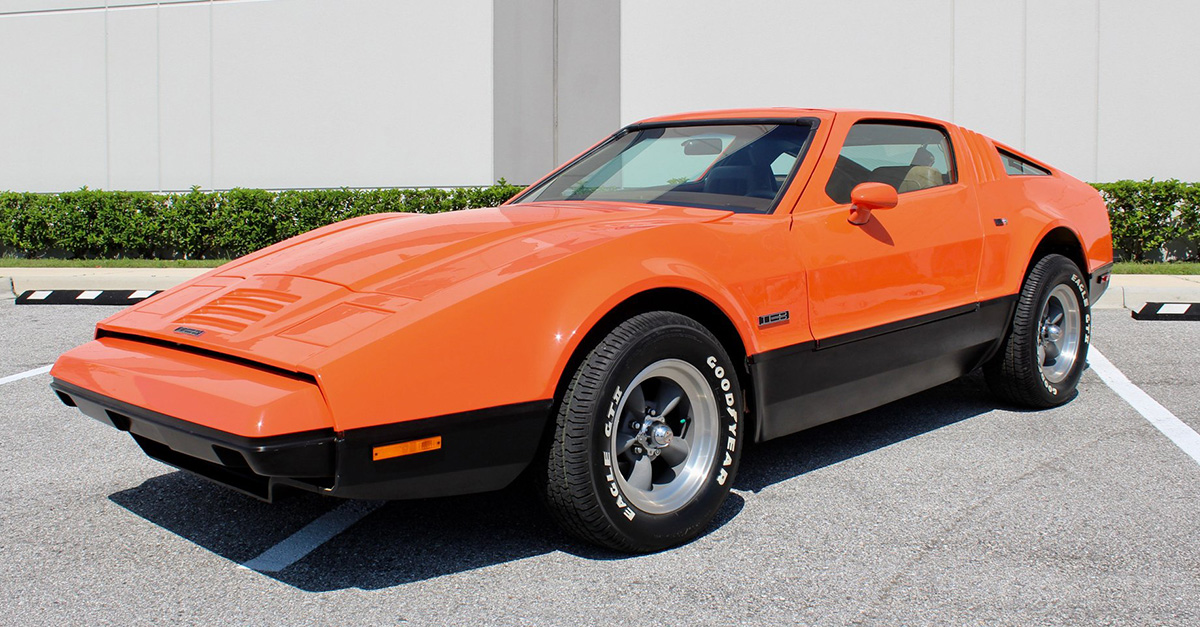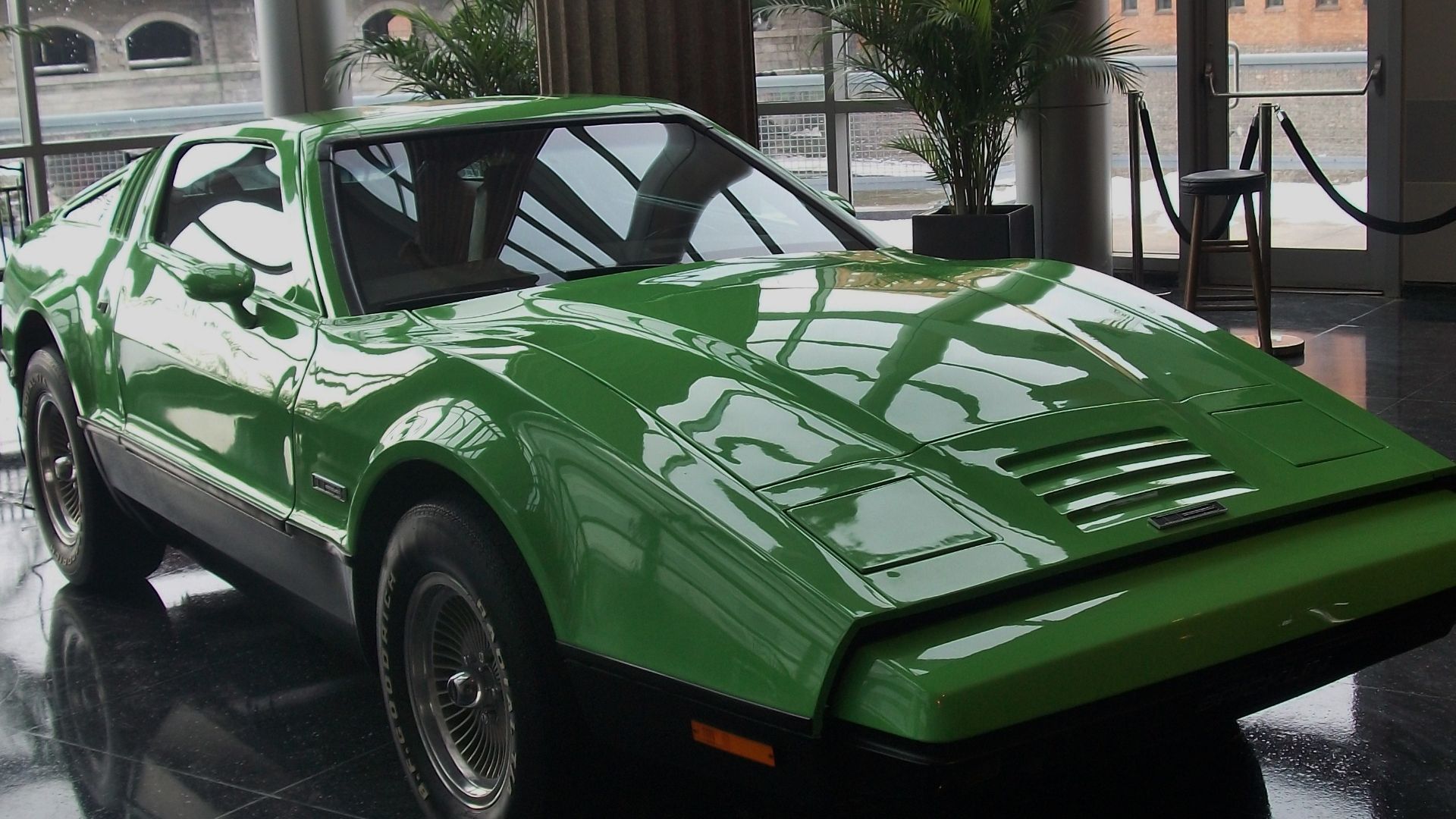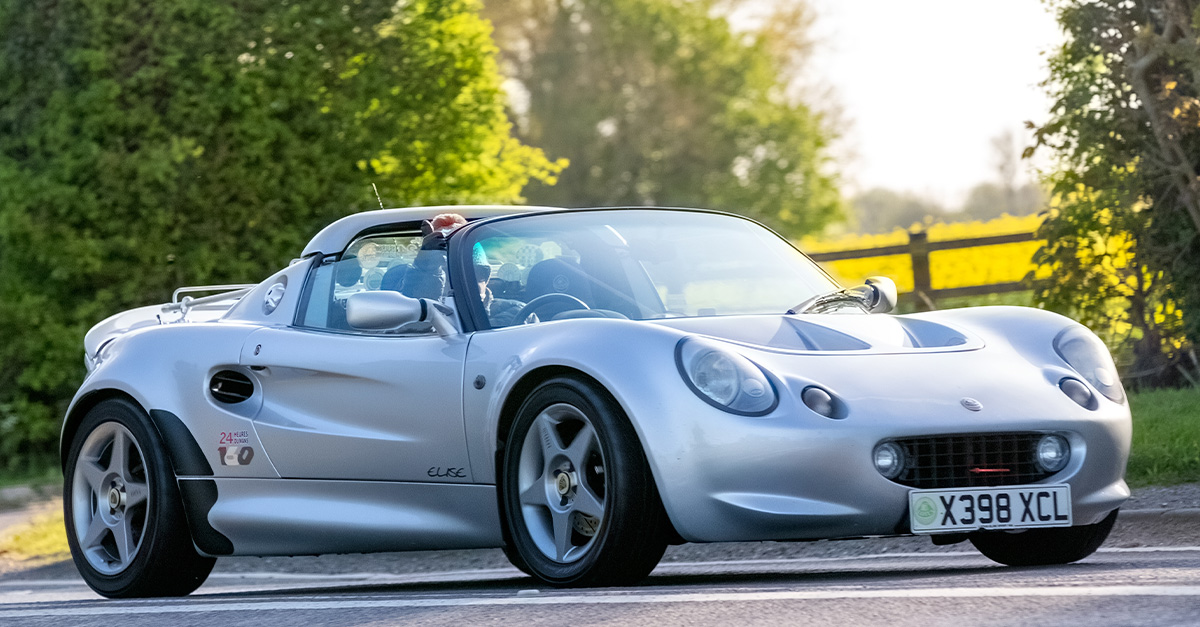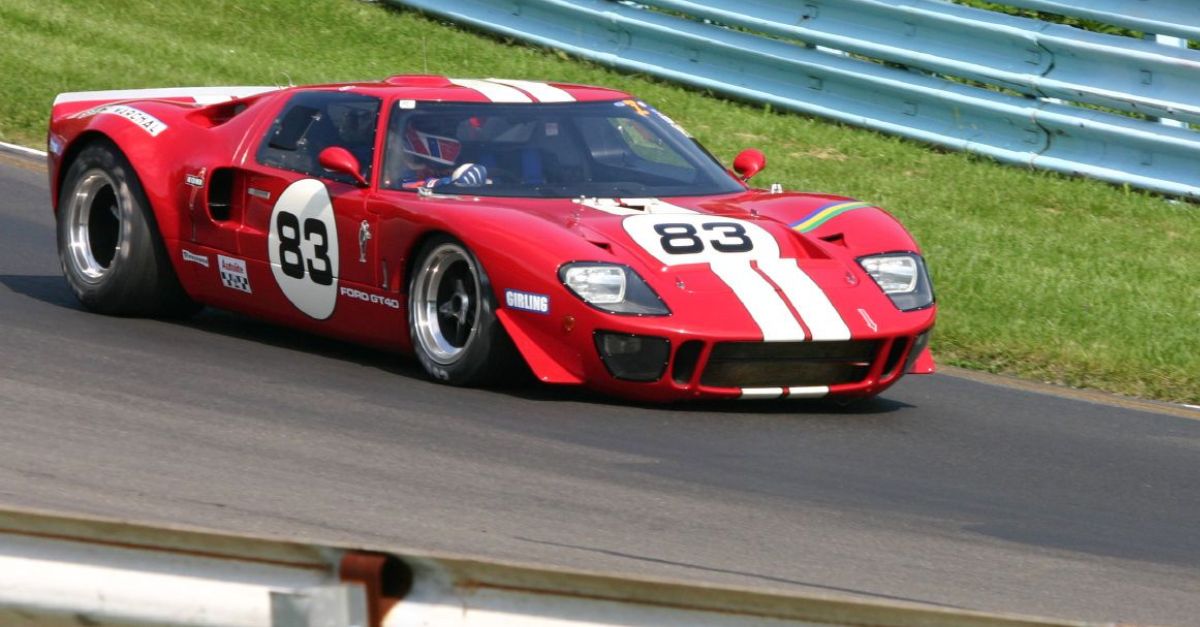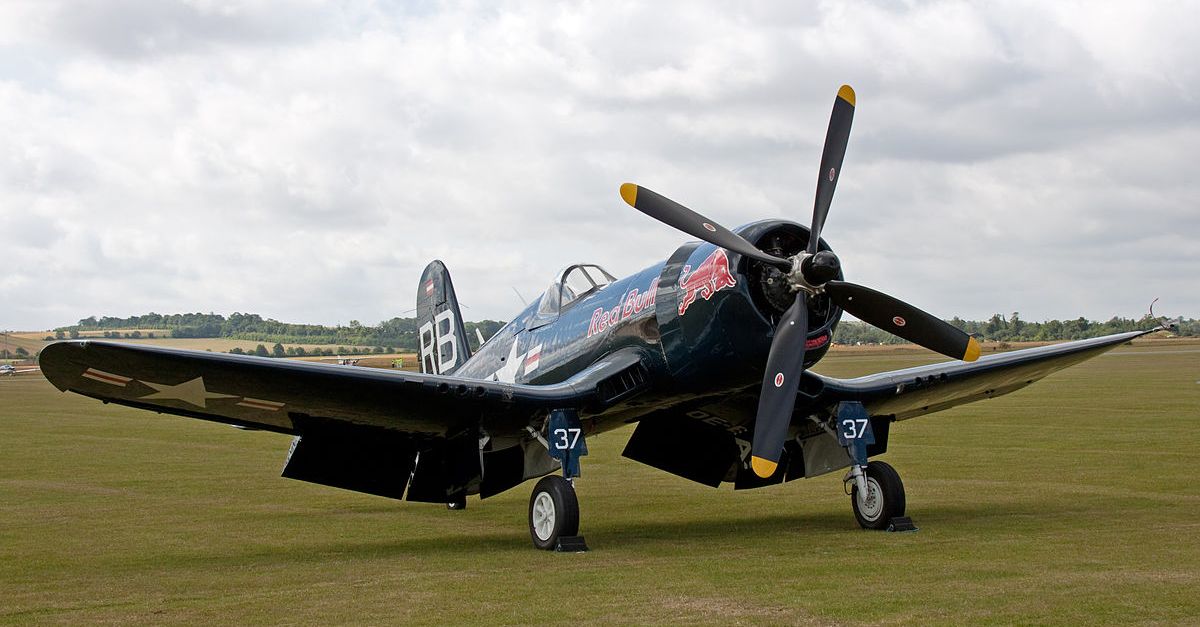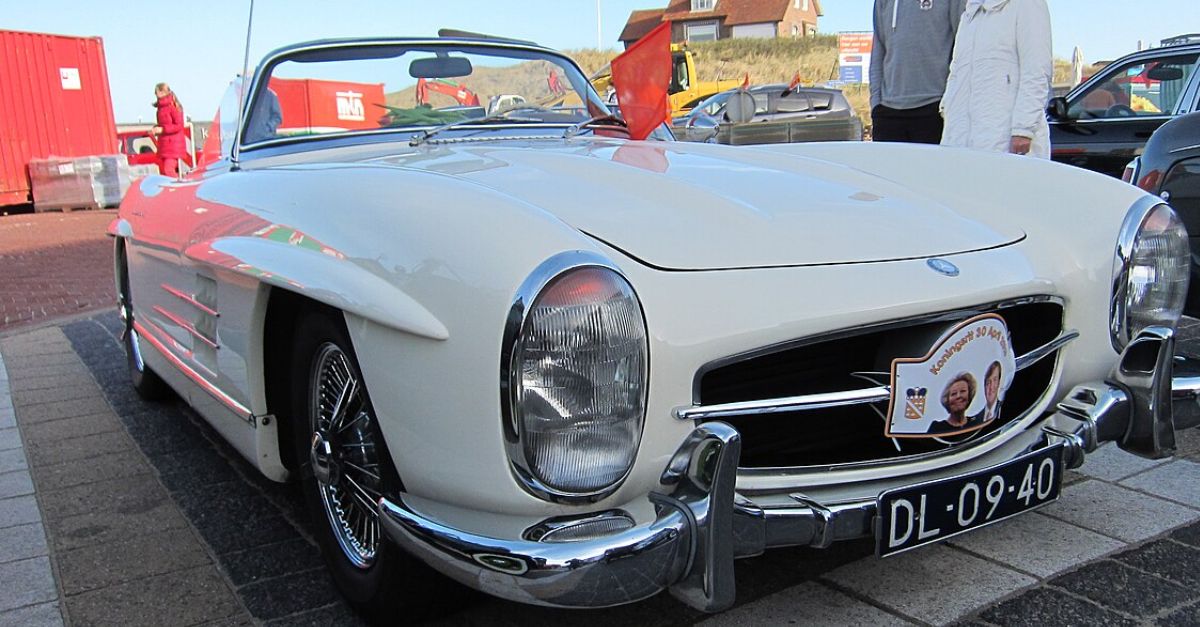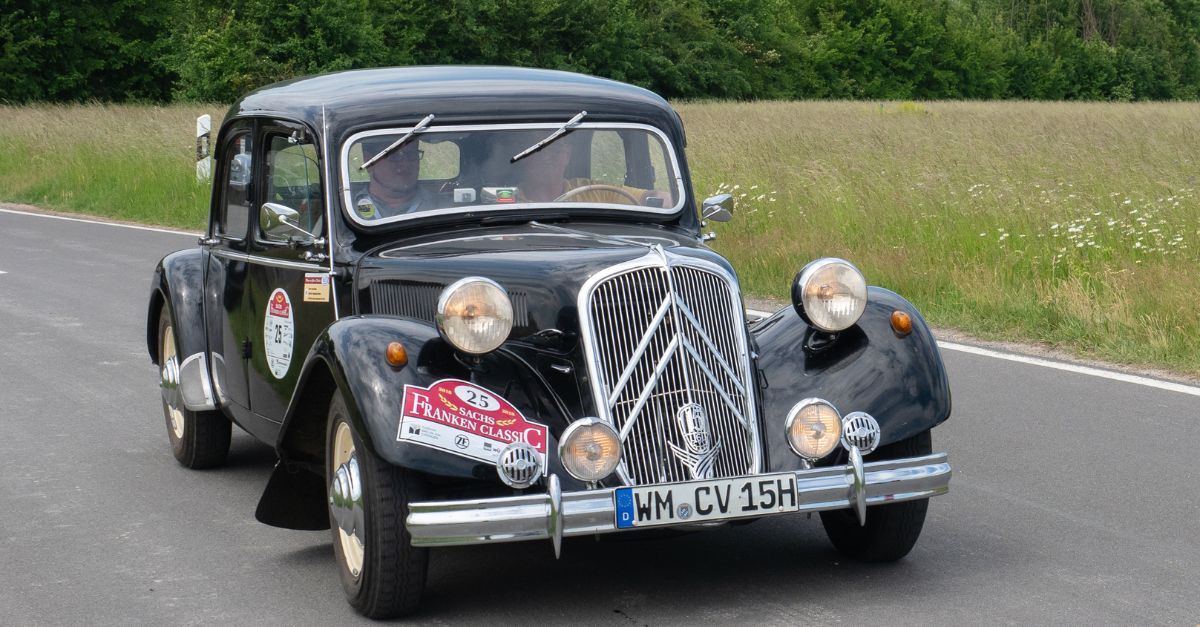From Big Ambitions To National Embarrassment
The Bricklin SV-1 was meant to put Canada on the map when it came to car manufacturing. It did make headlines—but for all the wrong reasons.
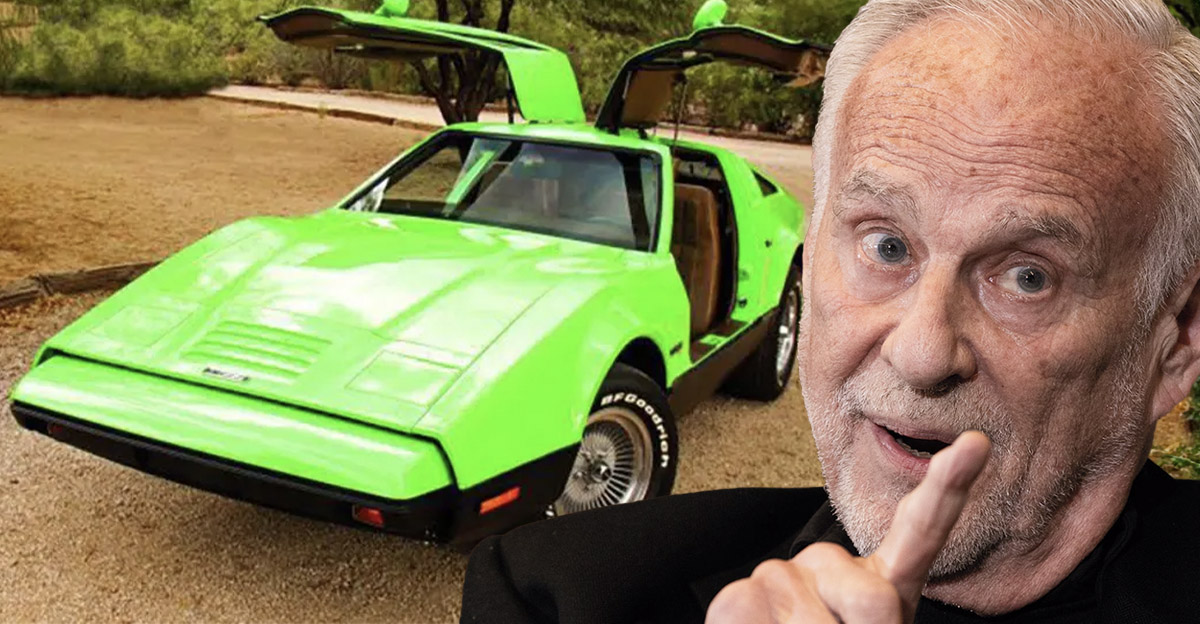
A Car Built In Canada
Unlike most North American sports cars, the SV-1 was assembled in Saint John, New Brunswick. This marked a rare attempt at large-scale automobile production in Canada. A separate facility in Minto handled the creation of the unique body panels.
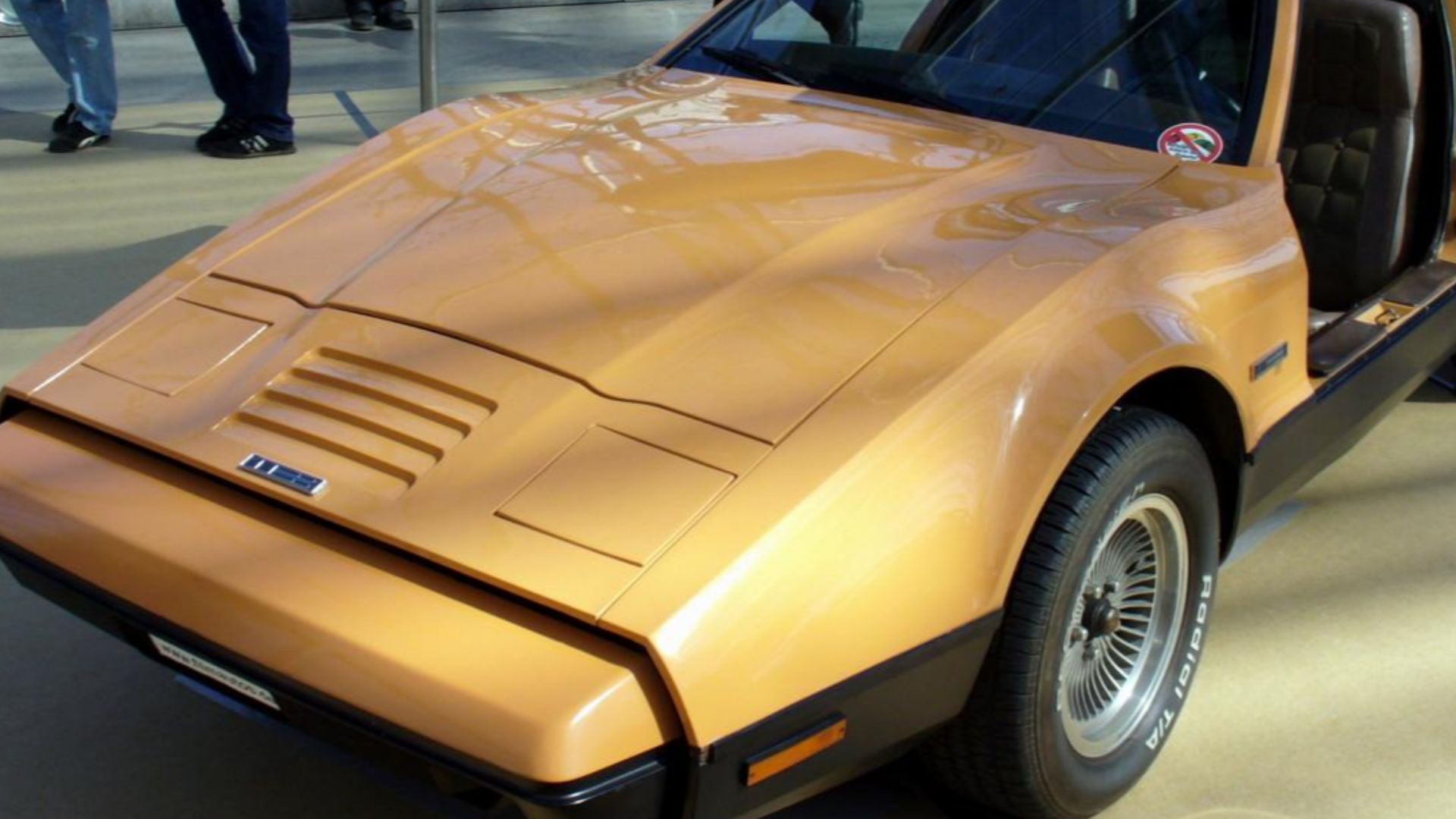 Thomas doerfer, Wikimedia Commons
Thomas doerfer, Wikimedia Commons
Safety First
SV-1 stood for "Safety Vehicle One”. The name reflected Bricklin's focus on safety innovations, like integrated roll cages and energy-absorbing bumpers. It was an unusual pitch in the era of muscle cars.
Malcolm Bricklin's Wild Ride
Before the SV-1, Bricklin made waves importing Subaru to the US. He would later go on to bring the infamous Yugo to North America. The SV-1 was his ambitious attempt at building a domestic sports car empire.
The Government Bought In
New Brunswick’s premier, Richard Hatfield, backed Bricklin’s vision with $4.5 million in public funds. The funding was intended to kick-start production but was largely used on development and operations. The financial gamble would become a provincial scandal.
A Frankenstein Of Early Prototypes
The first prototype, nicknamed the Grey Ghost, was assembled with an eclectic mix of parts. It featured a Chrysler Slant-Six engine, a Datsun suspension, and an Opel-Toyota braking system. Even the tilt steering came from Chevrolet.
 CZmarlin — Christopher Ziemnowicz, CC BY-SA 4.0, Wikimedia Commons
CZmarlin — Christopher Ziemnowicz, CC BY-SA 4.0, Wikimedia Commons
Design Reboot With Style
Designer Herb Grasse stepped in to lead the car’s aesthetic overhaul. A Chrysler and Ford alum, Grasse was also responsible for turning the 1955 Lincoln Futura into the original Batmobile. His design gave the SV-1 its signature angular look.
The Tail Light Twist
Grasse reportedly used the tail lights from his own DeTomaso Pantera. These Carello units originally came from the Alfa Romeo 2000 Berlina. They also made appearances on Maseratis and Lamborghinis.
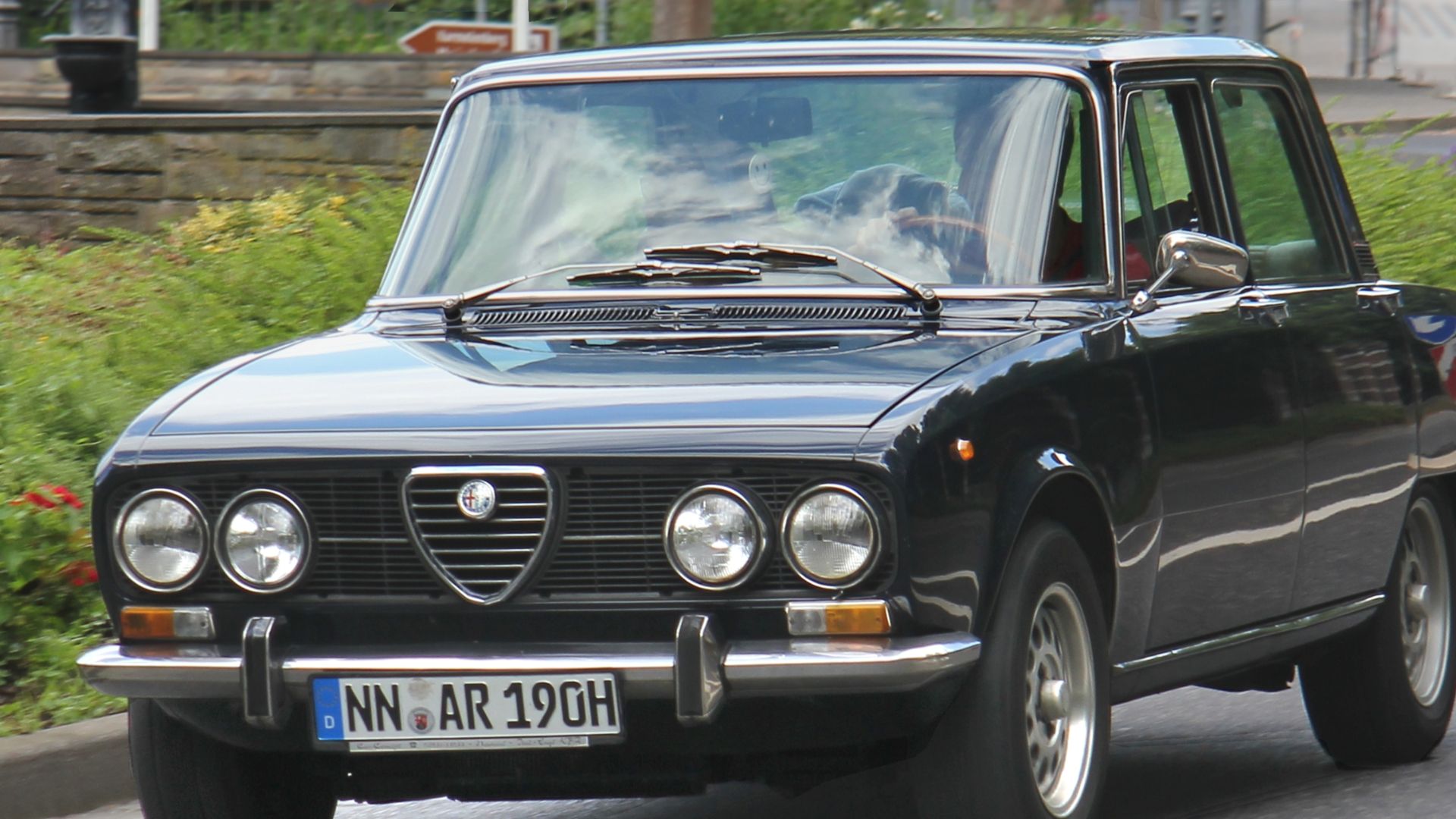 Lothar Spurzem, Wikimedia Commons
Lothar Spurzem, Wikimedia Commons
A Car With Many Fathers
Over eight prototypes of the SV-1 were eventually built. Some used V8 engines while others experimented with inline-sixes. Each version brought new tweaks to the growing concept.
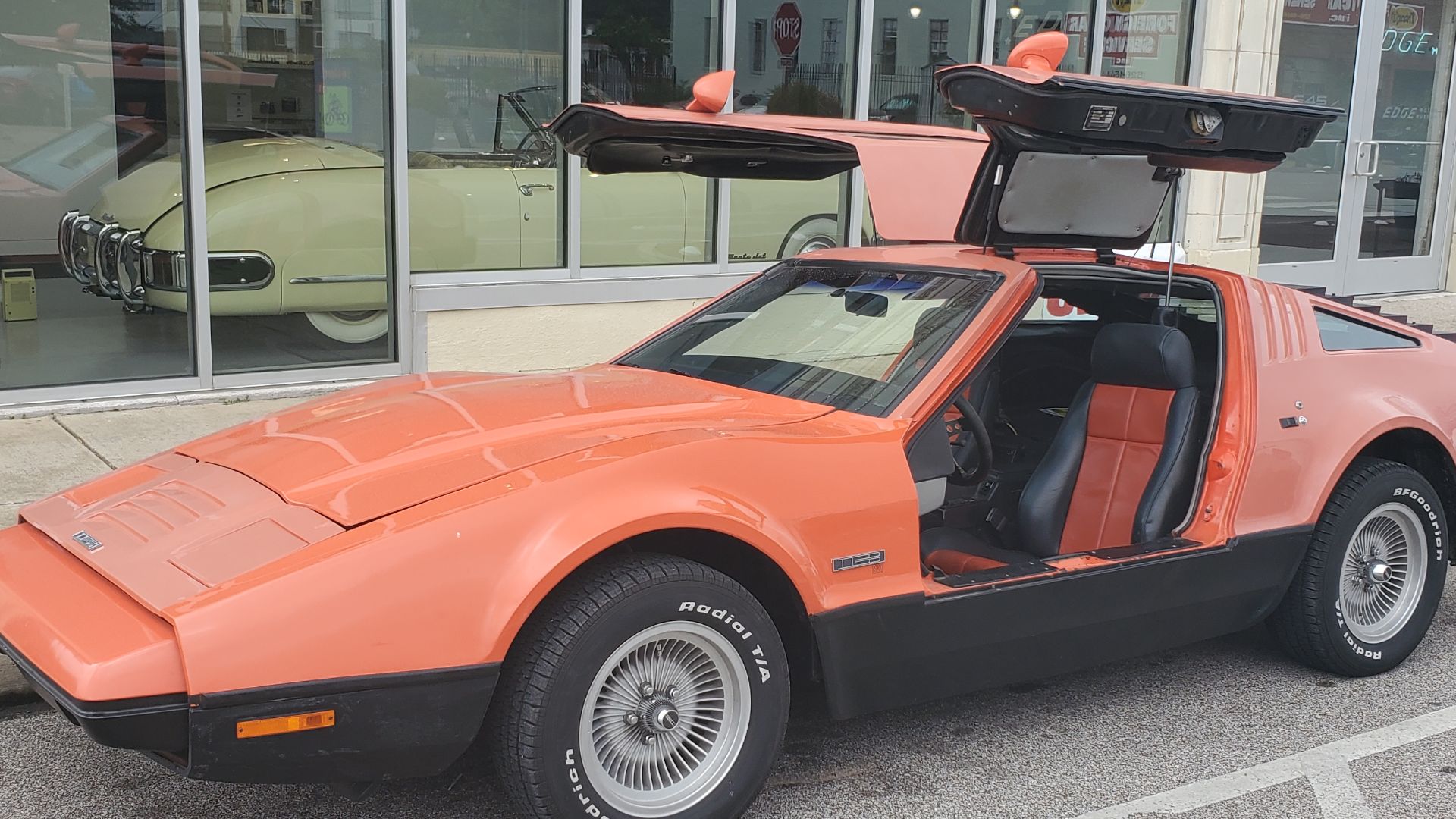 KyleStockton92, Wikimedia Commons
KyleStockton92, Wikimedia Commons
Acrylic Ambitions Gone Wrong
The SV-1’s body was made from color-impregnated acrylic bonded to fiberglass. This meant that the hue ran through the material itself, which eliminated the need for a separate paint booth during production. It was a bold choice, but not a reliable one. The material blistered at high temperatures and degraded under UV exposure.
 dave_7, CC BY-SA 2.0, Wikimedia Commons
dave_7, CC BY-SA 2.0, Wikimedia Commons
Hammer Time Testing
Early panels were tested by hitting them with a seven-pound hammer. If they didn’t crack or delaminate, they passed inspection. This unusual quality control method was proposed by Malcolm Bricklin’s father.
Major Material Wastage
Bonding issues led to catastrophic part failure rates. Up to 60% of early panels were discarded during pressing. Even after fixes, defect rates in 1975 remained as high as 25%.
 1975 Bricklin SV-1 -- For Sale @ MotoeXotica, MotoeXotica Classic Cars
1975 Bricklin SV-1 -- For Sale @ MotoeXotica, MotoeXotica Classic Cars
Premiered In Las Vegas
The SV-1 was first shown to celebrities and potential dealers at the Riviera Hotel in Las Vegas. Its official launch followed a few months later in New York City. The unveiling aimed to attract attention—and investor dollars.
Price Hikes And Poor Press
Within two years, the SV-1's price more than doubled. Buyers were deterred by inconsistent quality and delays. Supplier issues and absentee workers didn’t help.
 The Strange but True Story of the Bricklin SV-1 | AutoMoments, AutoMoments
The Strange but True Story of the Bricklin SV-1 | AutoMoments, AutoMoments
Production Fizzled Fast
Just under 3,000 cars were completed before production ended. By 2012, only about 1,700 were still known to exist. A few unfinished units were later completed and sold as 1976 models.
 1974 Bricklin SV1 w/ Malcolm Bricklin, American Muscle Car Museum
1974 Bricklin SV1 w/ Malcolm Bricklin, American Muscle Car Museum
Rebirth Through Consolidation
Consolidated Motors bought the leftover inventory after Bricklin's collapse. They assembled a handful of SV-1s from spare parts and bare chassis. These were sold under the 1976 model year.
 1974 Bricklin SV1 w/ Malcolm Bricklin, American Muscle Car Museum
1974 Bricklin SV1 w/ Malcolm Bricklin, American Muscle Car Museum
Performance Was A Mixed Bag
When tested in 1975, the SV-1’s performance rivaled the Corvette. However, some critics panned it for sluggish acceleration due to its weight. One even claimed it “couldn’t outrun the Rose Bowl Parade”.
 1975 Bricklin SV-1 -- For Sale @ MotoeXotica, MotoeXotica Classic Cars
1975 Bricklin SV-1 -- For Sale @ MotoeXotica, MotoeXotica Classic Cars
Stamped In History
Canada honored the Bricklin SV-1 with a commemorative stamp in 1996. The stamp celebrated the SV-1 as a symbol of domestic ambition. A $20 silver coin followed in 2003.
 CapCase, CC BY 2.0, Wikimedia Commons
CapCase, CC BY 2.0, Wikimedia Commons
Gull-Wing Glory With A Flaw
The car’s iconic gull-wing doors weighed nearly 90 pounds each. They opened hydraulically, taking up to 12 seconds per door. Weak batteries or hydraulic pump failures could leave drivers stuck inside.
One Pump With No Interlock
The SV-1 used a single hydraulic pump for both doors. Opening one door while closing the other could burn out the system. It was a major design oversight with real consequences.
 User:MarkusHagenlocher, CC BY-SA 3.0, Wikimedia Commons
User:MarkusHagenlocher, CC BY-SA 3.0, Wikimedia Commons
Built On A Steel Backbone
The SV-1 had a steel perimeter frame reinforced with a roll cage. Bumpers were engineered to withstand five-mph impacts. Structural integrity was a key focus on paper, at least.
 1975 Bricklin SV-1, Garage Kept Motors LLC
1975 Bricklin SV-1, Garage Kept Motors LLC
A Parts Bin Special
Suspension components came from various AMC vehicles. The braking system changed mid-production, shifting from Kelsey-Hayes to Bendix. Bricklin wasn’t shy about borrowing from other automakers.
 Bricklin SV-1 car show, chris leblanc
Bricklin SV-1 car show, chris leblanc
Two Different V8s And One Car
1974 models used AMC’s 360 V8 with 220 horsepower. The following year, Ford’s 351 Windsor replaced it with just 175 hp. Swapping engines forced a subframe redesign.
 1975 Bricklin SV-1, Garage Kept Motors LLC
1975 Bricklin SV-1, Garage Kept Motors LLC
Manual Or Automatic
In 1974, buyers could choose between a three-speed automatic or a four-speed manual. Only 137 cars shipped with the manual that year. Ford's lack of EPA-certified manuals killed the option in 1975.
 ilikewaffles11, CC BY 2.0, Wikimedia Commons
ilikewaffles11, CC BY 2.0, Wikimedia Commons
No Room For Smokers
Unusually, the car came with no ashtray or cigarette lighter. Bricklin viewed them as incompatible with the safety theme. The car also had no place to store a spare tire.
Cop Cars With A Twist
Scottsdale, Arizona leased three SV-1s as police cars for $1 each. They were painted like regular cruisers but used mainly for PR. Officers complained about heat, poor battery performance, and tight exits.
 1975 Bricklin SV-1, ScottieDTV
1975 Bricklin SV-1, ScottieDTV
A Golden Chairman Plan
In 1975, Bricklin teased a high-end model called the “Chairman”. It would come with gold trim, black paint, and a gold jumpsuit for the buyer. The project stalled before any were sold.
 1975 Bricklin SV-1, ScottieDTV
1975 Bricklin SV-1, ScottieDTV
VIP Experience With No Follow Through
Chairman buyers were promised plant tours and personalized builds. Only two prototypes were created for development. One unfinished unit was later completed by a former Bricklin executive.
The Mini Bricklin
In 1978, fans could buy a mini version of the SV-1 for $550. These go-kart-sized replicas had three-horsepower engines and matched the owner's car color. Each mini used the same VIN as its full-sized counterpart.
Critically Panned Promotion
A 1974 CBC-funded film titled The Bricklin Story aired nationwide. It aimed to promote the car but was poorly received. Critics called it awkward and overly promotional.
 “The BRICKLIN Story” 70s corporate film (16mm), The Unpopular Archive
“The BRICKLIN Story” 70s corporate film (16mm), The Unpopular Archive
Documenting The Drama
A 2006 film called La Légende Bricklin dramatized the vehicle’s history. Malcolm Bricklin even appeared as himself. Three ex-Irving family cars were used in filming.
 La Legende Bricklin 2005, chris leblanc
La Legende Bricklin 2005, chris leblanc
A Musical About A Car
In 2010, Theatre New Brunswick staged The Bricklin: An Automotive Fantasy. The play told the story of the SV-1 through music and satire. It reflected the car’s iconic, if turbulent, legacy.
A Stamp And A Legacy
The Bricklin may have flopped commercially, but it earned cultural recognition. Canada issued a stamp and silver coin in its honor. It became an unlikely national symbol of innovation and risk.
 Windrain, CC0, Wikimedia Commons
Windrain, CC0, Wikimedia Commons
Rolling Artwork Or Rolling Disaster
To fans, the SV-1 is a bold, quirky classic. To critics, it’s a cautionary tale of engineering overreach. Either way, it refuses to be forgotten.
 Bricklin SV-1 Goes ABOVE AND BEYOND Standards | Pawn Stars (S23), Pawn Stars
Bricklin SV-1 Goes ABOVE AND BEYOND Standards | Pawn Stars (S23), Pawn Stars
From Batmobile To Bricklin
Designer Herb Grasse had experience turning heads. Before the SV-1, he helped create the original Batmobile. That same flair shows in the SV-1’s exaggerated lines and space-age vibe.
 LordCo Centre, Wikimedia Commons
LordCo Centre, Wikimedia Commons
Gull Wings And Grounded Hopes
No car better captures the optimism and chaos of 1970s car startups. The SV-1 promised innovation, safety, and style. It delivered, but not all at once.
 Bricklin SV-1 Goes ABOVE AND BEYOND Standards | Pawn Stars (S23), Pawn Stars
Bricklin SV-1 Goes ABOVE AND BEYOND Standards | Pawn Stars (S23), Pawn Stars
A Tale Of Two Bricklins
For some, the car represents Canada’s automotive coming-of-age. For others, it’s a reminder of bureaucratic missteps and blind ambition. Love it or hate it, it made history.
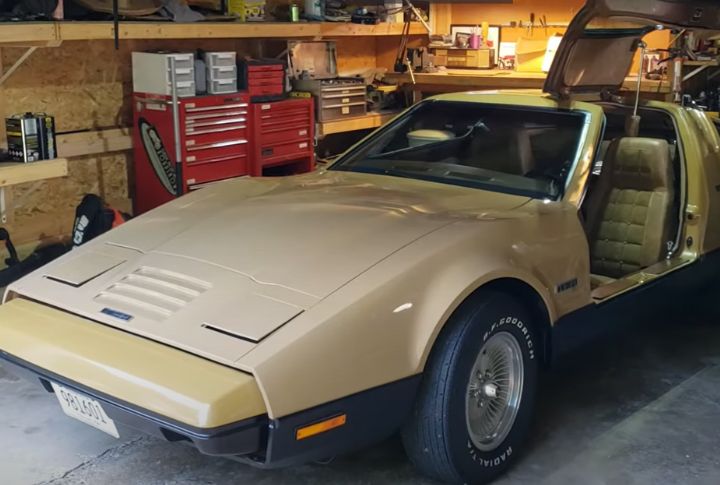 1975 Bricklin SV-1, SN 1049, Cold Start, Carly Christenson
1975 Bricklin SV-1, SN 1049, Cold Start, Carly Christenson
Still Celebrated Today
Despite its short run, the SV-1 maintains a dedicated fan base. Owners hold meetups and restore surviving models. The Bricklin SV-1 lives on in garages, museums, and legend.
 Back To The Future Delor....BRICKLIN?! | 1975 Bricklin SV-1 | Turnin Rust, Turnin Rust
Back To The Future Delor....BRICKLIN?! | 1975 Bricklin SV-1 | Turnin Rust, Turnin Rust
A Cautionary Tale In Chrome
The Bricklin SV-1 is often studied as a case of bold vision clashing with harsh reality. Despite its flaws, it left a mark on automotive history with its unique blend of safety, style, and scandal. Few cars failed so fast, and so memorably.
You May Also Like:
The Worst Cars Of All Time, According To Data
The Infamous Car Called “Unsafe At Any Speed”
Britain’s Biggest Automotive Blunder: The Infamous Morris Marina
 Here's What It's Like Driving A Car With Gullwing Doors? | Bricklin SV1, Drive Steady
Here's What It's Like Driving A Car With Gullwing Doors? | Bricklin SV1, Drive Steady
Sources: 1

